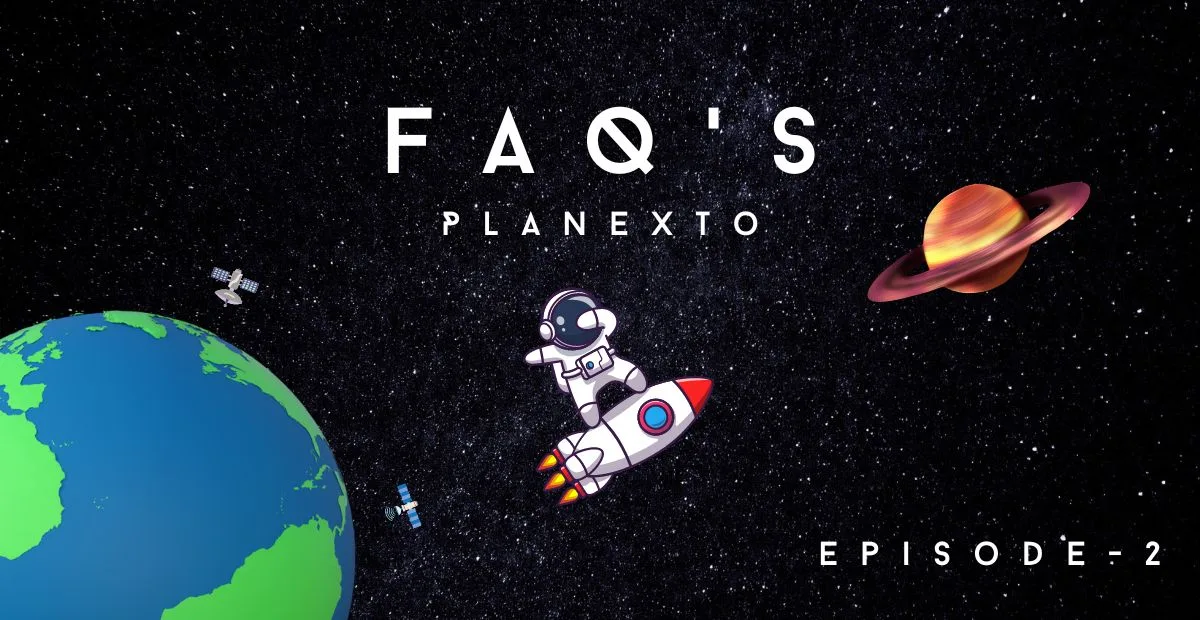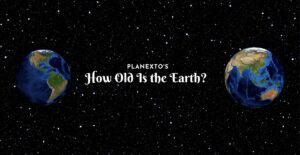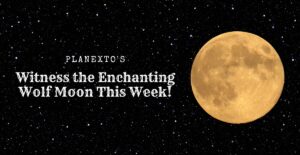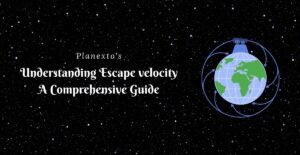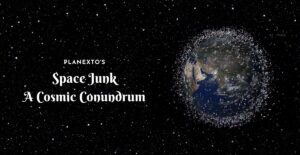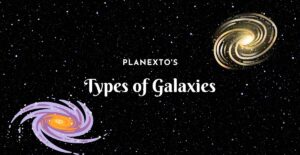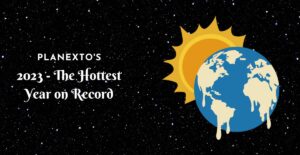Hello, wonderful readers! Step into Our FAQs Hub Part two – the ultimate resource where you can quickly find answers to all your burning questions! We’re excited to have you here as we simplify and demystify everything you’ve ever wondered about. Whether you’re a seasoned pro or just dipping your toes into the sea of curiosity, consider this your friendly oasis for straightforward information. Let’s explore, learn, and have some fun together!
FAQs on SUN
Q) How sun producing the heat?
A) The Sun produces heat and energy through a process called nuclear fusion. Additionally, this ongoing reaction involves the conversion of hydrogen into helium in its core, releasing a tremendous amount of energy in the form of heat and light. This process is what powers the Sun and provides the energy.
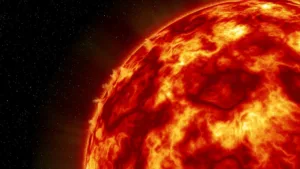
Q) How long was formation of the sun?
A) The formation of the Sun took place as part of the overall formation of the solar system. The Sun’s formation was a gradual process within a cloud of gas and dust, with gravitational forces. It took approximately 50 million years for the sun to form
Q) What type of star is our sun?
A) Our Sun is classified as a G-type main-sequence star, often referred to as a G-dwarf star. It is specifically a G2V star, which indicates its spectral class and luminosity.
Q) What is the color of sun?
A) The color of the Sun, as seen from space, is white. However, when viewed from the Earth’s surface, its light appears yellow due to the scattering of shorter-wavelength blue and violet light by the Earth’s atmosphere. The Sun’s color can also appear more reddish or orange near the horizon during sunrise or sunset due to the longer path of sunlight through the atmosphere.
FAQs on Hubble Telescope
Q) Where is Hubble telescope right now?
A) The Hubble Space Telescope orbits the Earth at an altitude of about 547 kilometers (340 miles), and it continuously moves around the Earth, taking images of distant objects.
Q) Can you see Hubble from Earth?
A) Yes, the Hubble Space Telescope (HST) is visible from Earth, and it can often be seen with the naked eye under the right conditions. As it orbits, it travels at a speed of about 28,000 kilometers per hour (17,500 miles per hour). This means that it completes an orbit roughly every 90 minutes, and during its orbit, it can be seen as a bright, fast-moving point of light in the night sky.
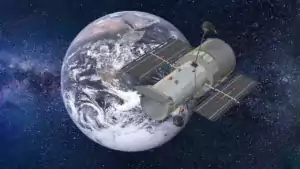
Q) Which country owns the Hubble telescope?
A) The Hubble Space Telescope is a collaboration between NASA (the United States’ National Aeronautics and Space Administration) and the European Space Agency (ESA). NASA launched and operates it, but ESA has made significant contributions to the mission and shares in the scientific results and observations. It is an international effort in the exploration of the universe.
FAQs on Moon
Q) How name moon is derived?
A) The Old English term “mōna” is the origin of the English word “moon.” People have been using the word “moon” for our natural satellite for centuries, and it appears in various languages across the world.
Q) What is moon made of?
A) Rock and metal primarily make up the Moon, which has a crust, mantle, and a small core. The Moon does not have a significant atmosphere, and its surface is airless and exposed to the harsh conditions of space, including extreme temperature variations.
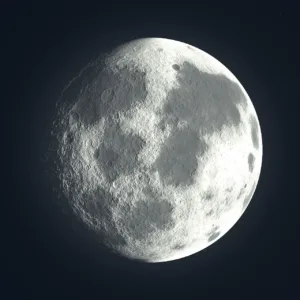
Q) Is our moon unique?
A) Certainly! Our Moon stands out for several reasons. It’s relatively large compared to Earth, stabilizes our planet’s axial tilt, and is tidally locked, always presenting the same face to us. The lunar surface, marked by impact scars and ancient volcanic plains called lunar maria, preserves a history of cosmic events. Beyond its scientific importance, the Moon has held ancient cultural and symbolic significance for humanity throughout history.
Q) Is life possible on Moon?
A) There’s no conclusive evidence that life exists on the moon. The harsh conditions on the Moon, which include high radiation levels, zero atmosphere, and extremely high temperatures, makes it unhabitable for most forms of life. Future exploration missions, including plans for human exploration and scientific research, may provide more insights into the Moon’s potential habitability
Conclusion
In conclusion, this FAQs blog serves as a quick and reliable resource for a diverse range of topics. We aim to empower readers with the information they need, fostering understanding and supporting their ongoing quest for knowledge. Thank you for being part of this informative journey, and feel free to share your feedback future FAQ topics. Click here for FAQs: part one
